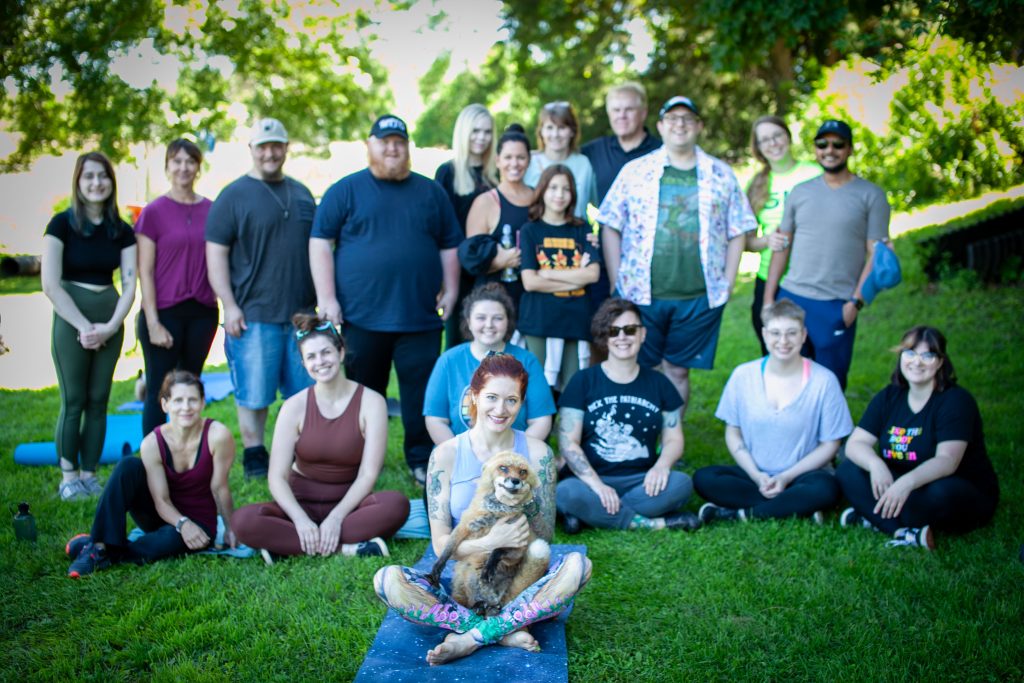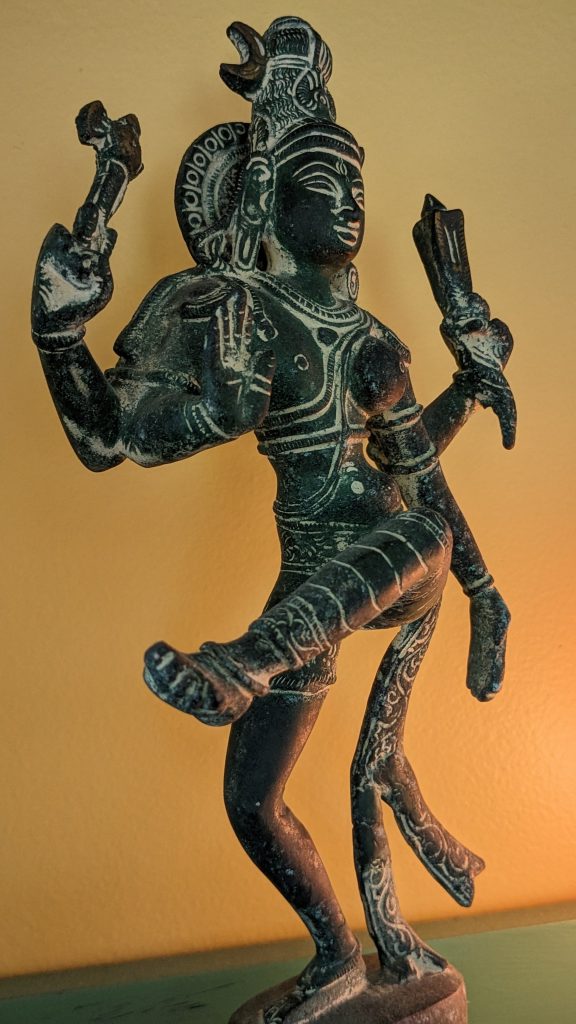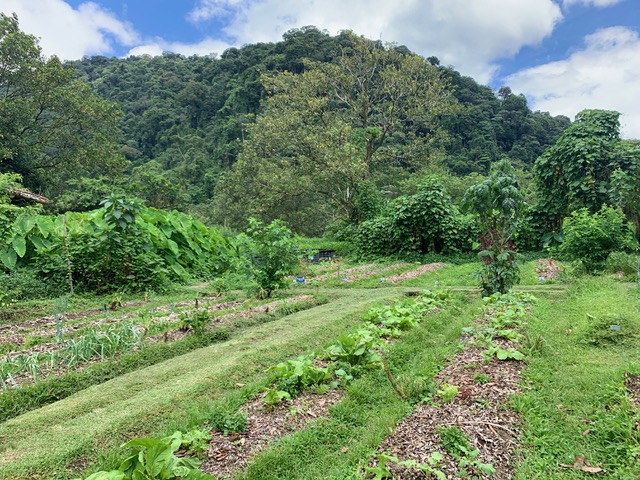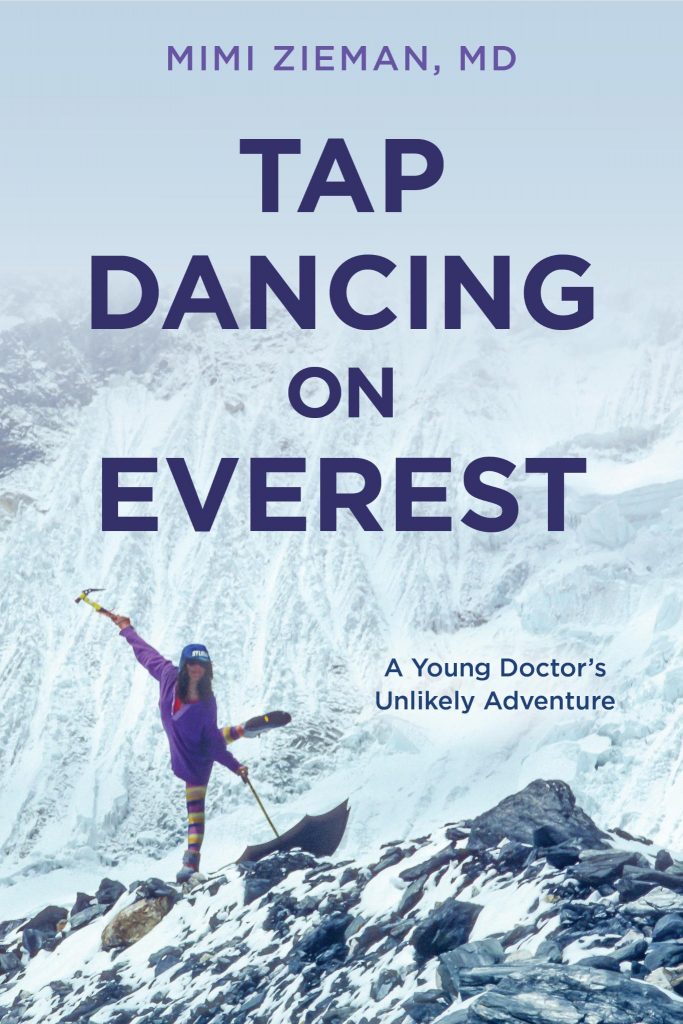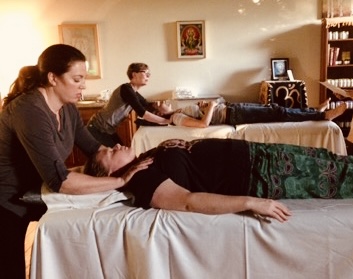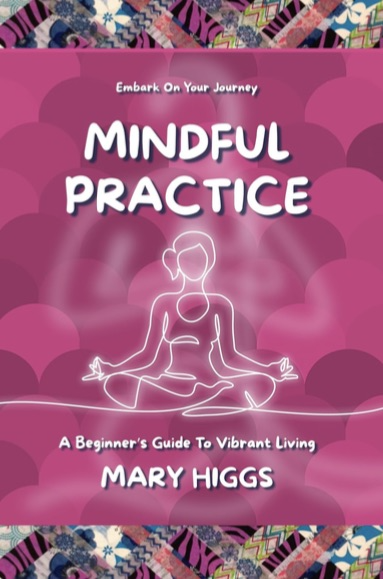Western science affirms that Ayurvedic lifestyle and energy management practices extend telomere length, protecting us from decline and disease.
What are telomeres, and how do they affect aging?
Telomeres are DNA sequences at the end of a chromosome, protecting it from fraying and safeguarding our genetic code. Each time a cell divides, shielding telomeres can either shorten or lengthen when circumstances are suitable, as found by Elizabeth Blackburn, a biochemistry and molecular biology researcher and Nobel Prize winner.
When our telomeres shorten, negative genetic traits emerge and aging accelerates as we become more vulnerable to stress and disease. When conditions are favorable, we create an enzyme called telomerase that extends telomeres, preventing disease and prolonging life.
Ayurveda’s main objectives are proper lifestyle, sleep, nutrition, and energy management for optimal wellness. Follow these invaluable tips for a longer, healthier life.

Rein in Chronic Stress
While our telomeres can recover from individual stressful events, they cannot cope with chronic stress. Research reveals telomeres shortened from chronic stress relate to a barrage of health concerns, such as metabolic syndrome, inflammation, compromised immunity, heart issues, respiratory problems, obesity, and cognitive decline.
Where to begin:
- Meditation and restorative yoga
- Pranayama exercises: Bhastrika and Pratiloma
These practices allow us to slow down and empower our bodies to be present, breathe into our lower ribs, activate our rest and digest systems (parasympathetic nervous system), and deactivate our fight or flight responses (sympathetic nervous system).
Right Exercise
The right kind of exercise may be the catalyst for longer telomeres. Exercise can increase longevity, ward off heart disease, diabetes, and high blood pressure; reduce cholesterol, and help us experience more joy. Fortunately, we can be something other than an athlete or a gym rat to obtain the benefits.
Ayurveda recommends:
- 45 minutes of moderate aerobic exercise three times a week, which research shows can double telomerase levels (as published in the European Heart Journal)2
- Short bursts of intense training
- Nose breathing while exercising
Exercise improves the use of oxygen, thereby decreasing the amounts of oxidation or free radical damage in our body. Our evolutionary survival was based on movement and our telomeres thrive when we get active.
Proper Nutrition at the Right Time
According to Blackburn’s research, our telomeres’ most influential adversaries are inflammation, insulin resistance, and oxidation.1 Inflammation is shown to shorten telomeres, which can be caused by refined, processed foods. Oxidation causes free radicals to dine on telomeres, and a healthy diet packed with antioxidants provides DNA protection.
- Eat non-processed whole foods with alkaline qualities (organic when possible).
- Avoid fried foods, refined carbohydrates, sugary foods, soda, and juices. Limit baked goods.
- Plan three meals a day around the same time each day without snacking.
- Increase intake of berries, broccoli, tomatoes, apples, sweet onions, leafy greens, red or purple potatoes, beans, nuts, seeds, fruit, and whole grains. Drink green tea.
- Consume omega-3 fatty acids found in cold-water fish.
Insulin resistance, or type 2 diabetes, is a modern-day epidemic. Research shows that sugar is worse than previously thought, especially concerning the health of our telomeres.3
Ayurveda recommends:
- A seasonal plant-based diet.
- Small amounts of animal protein providing B12, iron, omega-3 fatty acids, calcium, and vitamin D.
- Adding herbs to meals. Herbal studies found benefits in turmeric and Amalaki.
- Decreasing alcohol intake.4
Sleep Hygiene
As we age, we require more sleep. A balanced daily routine is essential for a long and healthy life. Melatonin, our body’s most potent antioxidant, is delivered at night to initiate sleep by snoozing our daytime clocks and activating our nighttime clocks so the body can rebuild, rejuvenate, and detoxify during sleep.
Ayurveda recommends:
- Seven to eight hours of sleep each night.
- Dimming lights after sunset, blocking blue light in the evening, and possibly supplementing with melatonin.
- Mindfulness of stimulants like caffeine, work, and other activities that keep the mind active.
Find Contentment
Sattva, which means to be at peace, describes a compassionate, devoted, giving, and thoughtful way of being. It speaks of non-violence, integrity, gratitude, generosity, and unconditional love.
In the quest for instant gratification and pleasure from the outside world, we stress our minds through overworking, manipulation, lying, cheating, and withdrawal, sometimes leading to sarcasm, pessimism, depression, and resentment.
Ayurveda recommends:
- Before reacting, attempt to view situations from the sattvic perspective of compassion and understanding.
Awareness transforms into an opportunity to break away from the habitual pattern of being influenced by the outside world. It allows us to respond peacefully—above the emotional highs and lows.
It takes time to adjust life and escape the patterns we create. Start with one area of focus that seems attainable. Then continue to add or change other areas of your life as you evolve into a wiser, more peaceful, and more understanding version of yourself.
References:
- nobelprize.org/womenwhochangedscience/stories/elizabeth-blackburn
- ncbi.nlm.nih.gov/pmc/articles/PMC6312574
- pubmed.ncbi.nlm.nih.gov/25322305
- pubmed.ncbi.nlm.nih.gov/30723310
Kamie Slegers is recognized throughout Minnesota as an accomplished advanced practitioner and wellness educator. She started teaching yoga in 1996 and began practicing Ayurvedic medicine in 2010, continuing her education as an Ayurvedic practitioner, yoga therapist, Maram therapist, craniosacral therapist, and lifestyle coach. Currently studying for her master’s of herbalism, Kamie manages the clinic at NE Wellness in Minneapolis. She is developing programs and workshops for hormonal balance, fertility, menopause, lifestyle changes and habits, sleep, nutrition, energy management, and others.










